DIY patchwork bag
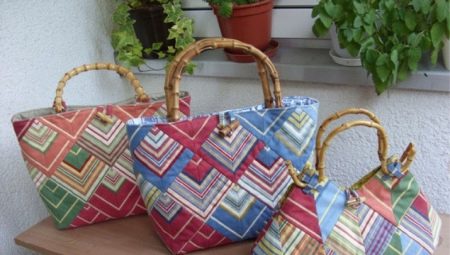
A DIY patchwork bag is a great way to show your individuality. Thanks to the huge choice of material and ease of sewing, any girl who has a sewing machine can make such an accessory.
The Patchwork technique is not just a patchwork of colors. Today it is a real art. Correctly selected patterns + bright contrast of patches are the basis for the success of the accessory.
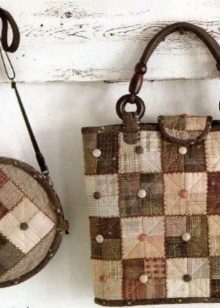
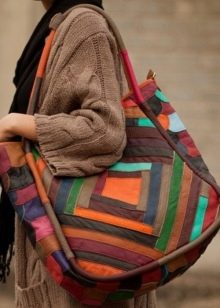
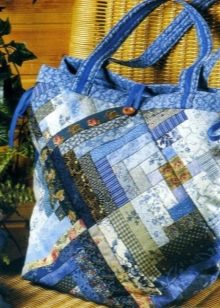
Japanese style bags
Japanese-style models are unique. They transform the style and can change any shape of the bag beyond recognition. At the heart of each product is an assembly of the base from fragments of a special shape and size. These are not just small squares or multi-colored stripes: often the model consists of wedges in the form of petals, including 8 or more fragments.
The advantage of many patterns is the presence of not only cut details, but also the technique of performing work in the "patchwork" technique. It is convenient and makes it easier to get the job done. Key points, offered in the form of schematic drawings, clearly demonstrate the features of tailoring.
It is easy to make a Japanese-style bag, although it will require perseverance and accuracy: each piece should be even with perfect seams matching. These master classes will demonstrate how to assemble a stylish accessory and show how easy and fun it is.
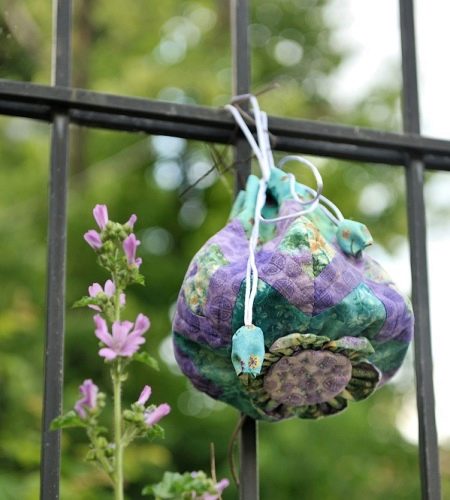
As a basis, you need to take cotton fabric of five different, matching colors. This technique requires a ruler and a curly pattern: a straight edge is not always enough. This will make it much easier to get a flawless stitching.
In addition to the top flaps, you will need a sealant (synthetic winterizer), a lining, a thick viscose cord, a thin cord for loops, threads.
At the very beginning, two identical patterns are cut in the form of a petal. One of them is cut into fragments in accordance with the intended design.
For convenience, you can number each fragment, indicating the front side and the color of the flap.

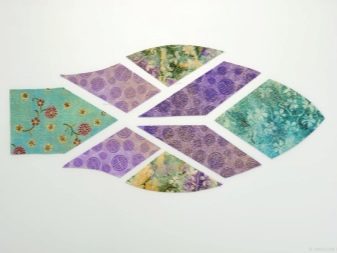
The following sewing steps:
- All you need collect 6 blank data from multi-colored patches and cut out 6 solid parts of the lining and insulation.
- Having fastened the blanks and the amplifier to each other, they are assembled into a single piece, aligning the lateral boundaries of each fragment.
- The details of the lining are connected, not forgetting to leave a small indent unsewn (for subsequent turning out), then they are folded with the resulting base with the front sides inward and the cut is sewn on a typewriter. When joining the wedges, the width of the seam of the lining should be 2-3 mm larger than that of the base.
- After that, you need to turn the bag out, decorate the bottom with a decorative flower, which is especially important if the connection of all the elements at the bottom did not work out neat and accurate.
- The "handle" made of a thick cord must be fixed with the help of original loops along the upper edge of the bag. It remains to stretch a cord through them and close the ends with flower buds.
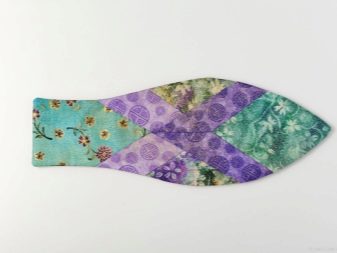
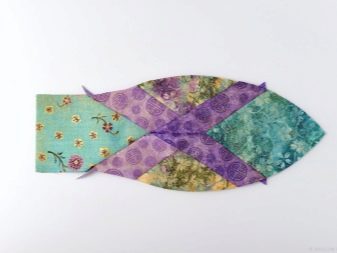
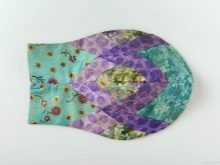
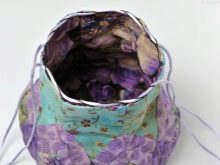
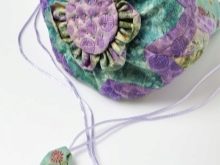
The original travel model: master class
A roomy travel bag is timeless. Leather is considered the ideal material for a bag, but a textile model is more mobile and easier to clean.
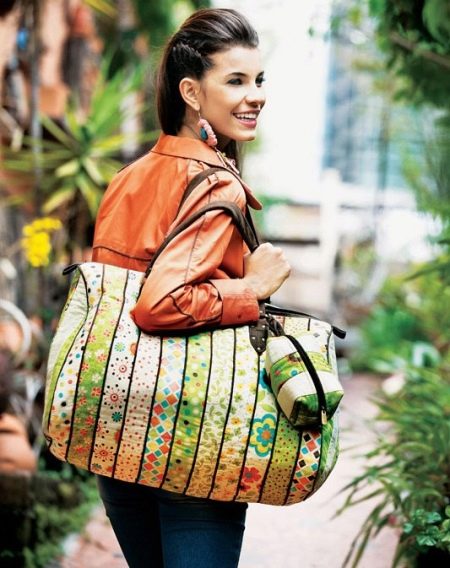
It is better to use a new fabric for sewing an accessory. (small cuts of different colors are suitable). In addition to the base, you need fabric for lining, synthetic winterizer, textiles for bag handles, leatherette strips and sewing accessories.
So what is next:
- Multi-colored stripes are sewn together, forming two one-piece canvases of the required size in the form of a rectangle. Do the same with sidewall parts. Leather strips are applied to the seams of the flap connection and grinded with decorative stitching.
- After two large and two medium canvases are ready, the details of the top of the bag are cut out of them. In addition to the base, you need to cut out the lining and seal using templates. To fix the padding polyester with the base fabric, you can use a special glue in the form of a spray. In order for the product to keep its shape well, the finished canvases are usually duplicated with an adhesive strip.
- A zipper is attached to the details of the base, then the sidewalls are sewn in. After that, you need to prepare and sew the handles to the front side of the base without touching the zipper. Having collected the lining, it is connected to the base along the upper edge, then turned onto the face. The fashion accessory is ready!
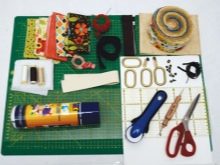
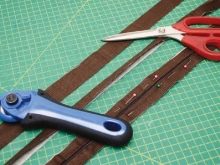
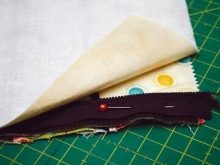
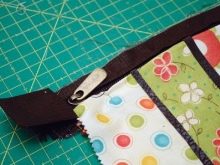
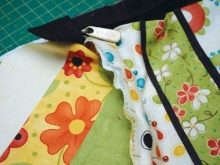
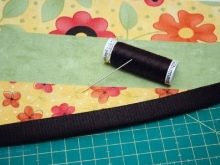
Patchwork from squares
Using this technique, you can sew a neat and, if necessary, roomy model with bag-bag elements.
To create a rectangular accessory you need:
- multi-colored patches in the form of small squares;
- strip of textiles;
- synthetic winterizer;
- bottom seal;
- decorative braid;
- bias tape and sewing accessories.
The squares of the facade are connected to each other (10 pieces in 2 rows in the front and the same in the back). A strip of fabric is sewn to the bottom cut. The seams are ironed out, then the canvases are connected to the sealant by the grinding method.
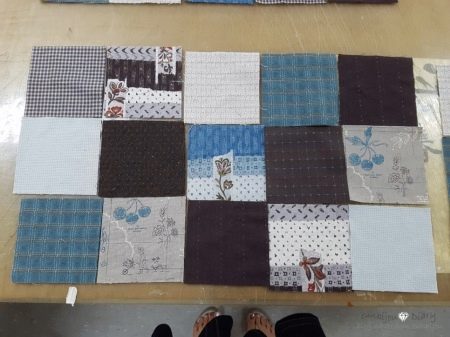
To make the product look more presentable, it is better to glue the fabric with dublerin before joining the base and the seal. This will stiffen the shape of the bag.
The sides of the bag are grinded to form a ring. If the design provides for a decorative tape, it is sewn down before joining the base and lining.
A contrasting edging is stitched to the upper cut (departing from the edge of the upper cut of the front side of 3 cm). Then the handles are assembled and sewn on. The lining is cut out more in height (for the shutter lock). The upper edge is sewn with a seam in the hem, leaving an allowance for threading the lace. Then the lining is connected to the top of the base, the lace is inserted and its ends are fixed with decorative stoppers.
Having measured the perimeter of the ring, cut out the bottom, connect it with the amplifier and lining, and then sew it into the bottom of the bag using an oblique inlay.It remains to decorate the model with a ribbon or other decor.
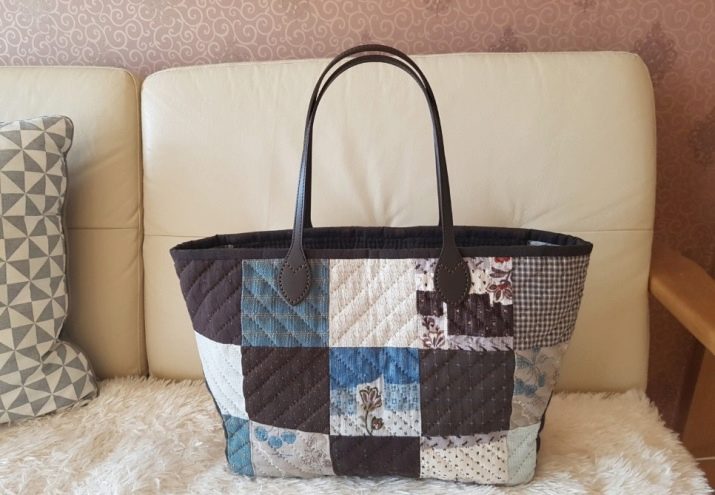
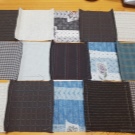
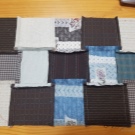
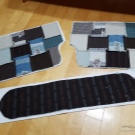
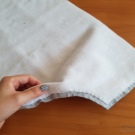
How to sew a simple model, see the next video.








